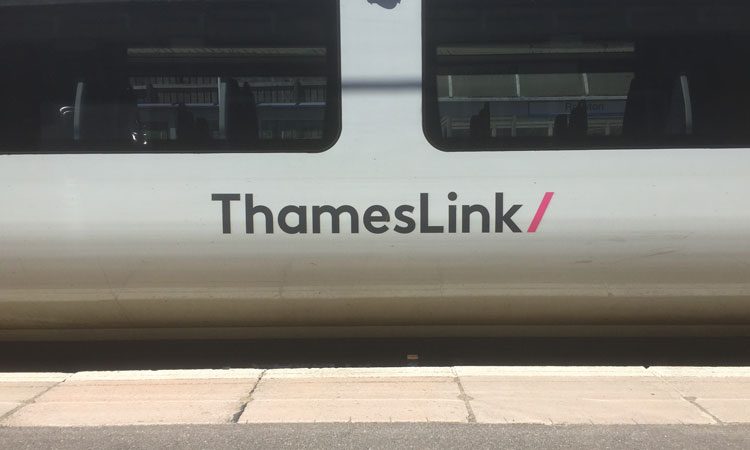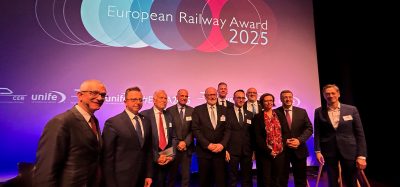GTR implements new technology to monitor train passenger numbers
Posted: 1 June 2020 | Global Railway Review | No comments yet
The new technology, supplied by Siemens Mobility, will work to monitor social distancing on Thameslink and Great Northern trains.


Govia Thameslink Railway (GTR) – operator of Thameslink and Great Northern – is using innovative technology from Siemens Mobility to monitor the number of passengers on its trains, supporting service operation and timetable planning to assist with safe social distancing in line with COVID-19 guidance outlined by the UK government.
The technology, which uses train loading data based on weight, is currently being used on the Class 700 Thameslink and Class 717 Great Northern trains operated by GTR.
Steve White, Chief Operating Officer of Govia Thameslink Railway (GTR), said: “In line with government advice, our message remains to avoid public transport if you can, and the rush hour if you can’t. Anyone travelling should wear a face covering and wash or sanitise their hands thoroughly before and after travel. We are seeking a partnership with our customers where we will run as many services as possible but encourage customers to apply social distancing whenever possible.”
He continued: “This tool helps us monitor and support social distancing. Our partners at Siemens Mobility have delivered this innovative technology in record time. It provides our control and train planning teams with precise data and insight into the usage of our Thameslink and Great Northern metro services, so they can make scheduling and timetabling decisions. While the technology was accelerated into use as a result of the coronavirus pandemic, the tool has proved so effective that it will continue to be a permanent feature in helping us to manage our railway network going forward.”
Data gathered by the train feeds information to Siemens Mobility’s cloud-based Advanced Passenger Loading reporting, which provides both immediate information to the train control teams, as well as the ability to retrospectively analyse different routes to support ongoing scheduling and timetabling. The report flags services where passenger loading is above 10 per cent – providing an early indicator of busier trains – and above 15 per cent, at which point safe social distancing becomes more challenging.
GTR can use the flexible solution to monitor the number of passengers boarding and leaving trains at individual stations and to assess the overall demand on any specific route – all within any given timeframe. This helps the operator to review its future timetable, lengthening trains or adding additional services (where possible), based on accurate and detailed utilisation data.
GTR train controllers can also determine, in real-time, whether trains have spare capacity for additional station stops on the day to relieve particularly busy station platforms.
Siemens Mobility’s technology, through its Incident Management Report, was already being used by GTR to monitor passenger loading, temperature and on-board facilities. The new Advanced Passenger Loading report significantly expanded the granularity of loading reporting with a prototype being created within just two weeks to support timetabling changes effective from 18 May 2020.
Managing Director of Rolling Stock and Customer Service at Siemens Mobility, Sambit Banerjee, said: “By helping GTR to monitor social distancing using up to the minute data, our innovative technology is playing a crucial role in keeping passengers safe. Given the current – and very unique – challenges the industry is facing, it is fantastic that the team was able to adapt and develop a solution in just 14 days. We believe this tool holds transformational potential for other railway operating companies looking to conduct their services safely and are looking at how this technology can be rolled out on other trains.”
Related topics
Related organisations
Govia Thameslink Railway (GTR), Great Northern, Siemens Mobility, Thameslink








